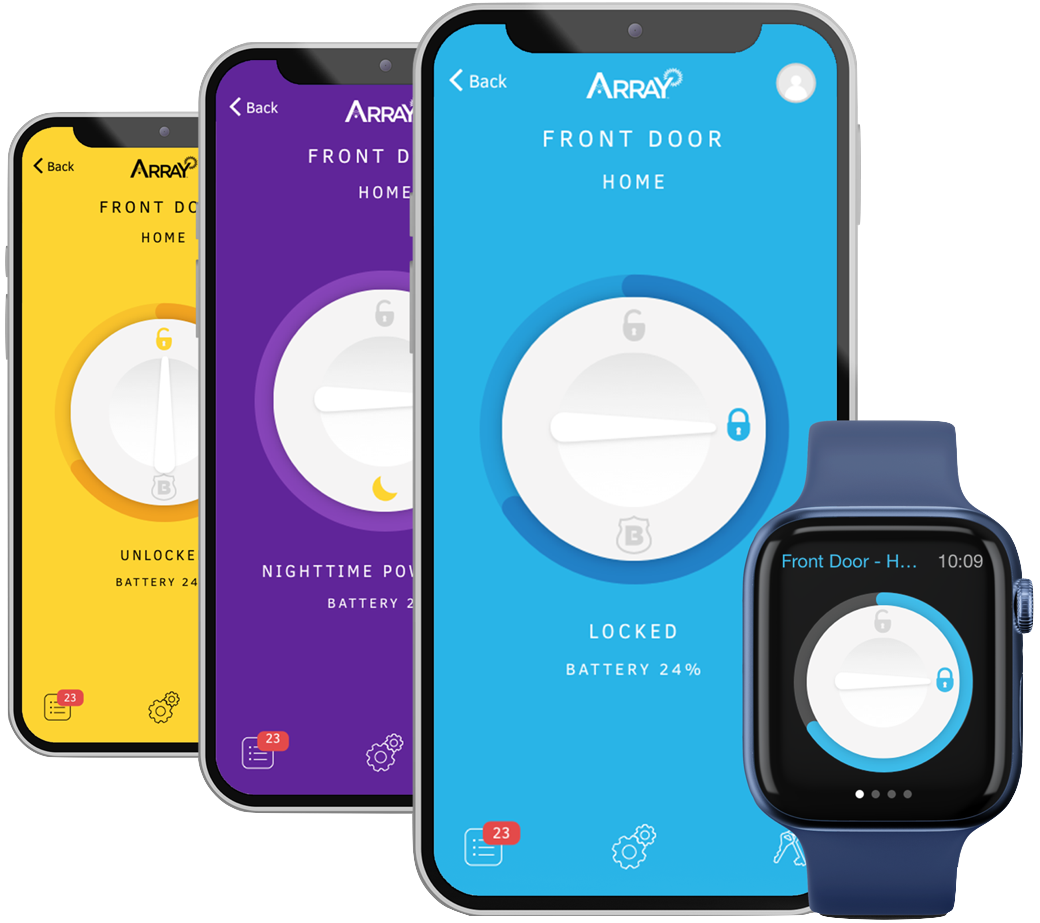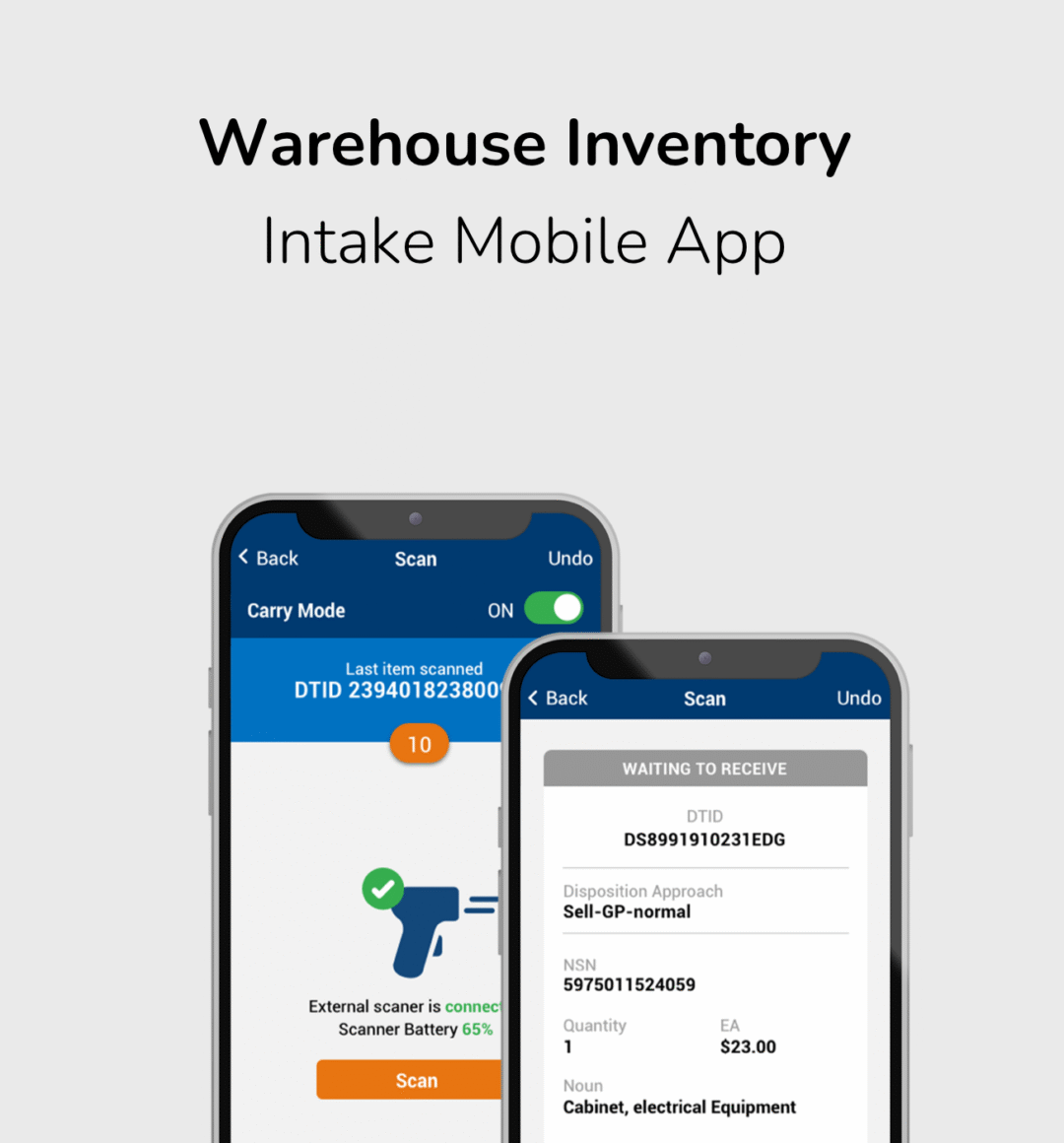01
About
Industry
Consumer Products, Internet of Things
Product Type
Home Automation, IoT, Residential
Services
02
Objectives
Develop a secure, user-friendly remote smart lock management system via mobile and voice assistant integration.
03
Challenges
The development process encountered significant challenges, starting with the need for robust firmware integration. The smart lock hardware utilized unique protocols that required precise synchronization between the firmware and the mobile application. Debugging and testing these protocols demanded meticulous iterations to ensure seamless operation across various scenarios.
Another challenge was establishing secure cloud communication. Given the sensitivity of user data and lock operation commands, the system needed to implement end-to-end encryption without compromising performance. Integrating Firebase and Ayla Cloud posed obstacles in achieving consistent real-time communication while adhering to stringent security requirements.
Ensuring compatibility with voice assistants like Alexa and Google Home posed significant technical challenges. This required the development of reliable Java Alexa Skills and Google Home Actions, as well as ensuring these services work seamlessly with the app’s features. Overcoming latency issues and maintaining consistent responses to voice commands were critical challenges that we successfully addressed.
04
Solutions
To tackle these challenges, the development team collaborated closely with Hampton Products, ensuring frequent feedback loops and thorough testing. For firmware integration, advanced debugging tools were employed to simulate various real-world scenarios, allowing for precise adjustments to the hardware-software interface.
To ensure secure cloud communication, the team utilized AES encryption algorithms to protect data. The integration of Firebase and Ayla Cloud was optimized to provide real-time updates and notifications while maintaining user privacy. Extensive load testing was conducted to confirm the system’s reliability under heavy traffic conditions.
To achieve seamless voice assistant functionality, the team developed robust Alexa Skills and Google Home Actions specifically designed for the smart lock’s unique features. They optimized command-response cycles and conducted iterative testing to ensure compatibility and reliability.
The smart lock’s keypad was powered by a Silicon Labs EFM32 microcontroller, selected for its ultra-low power capabilities and responsiveness. This component enabled efficient management of user input and device control while operating on minimal energy. Its architecture allowed the system to remain in deep sleep and activate instantly upon interaction, extending battery life without compromising performance. The integration of this MCU was key to achieving a responsive and energy-efficient IoT device.
The end result was a comprehensive, secure, and user-friendly smart lock system that exceeded client expectations, enabling users to manage their locks effortlessly, whether they are at home or away.
We'd love to hear from you!
Drop us a message, and let’s start creating something amazing together.


